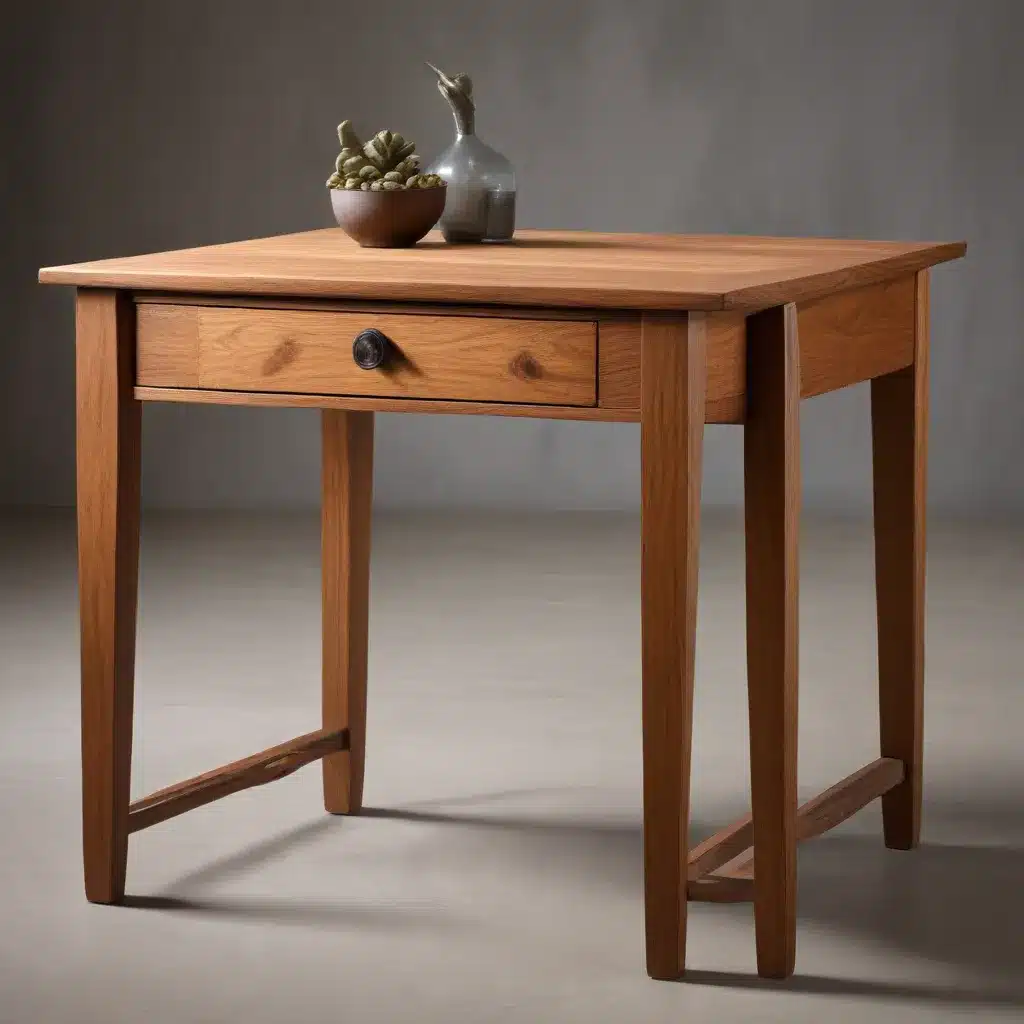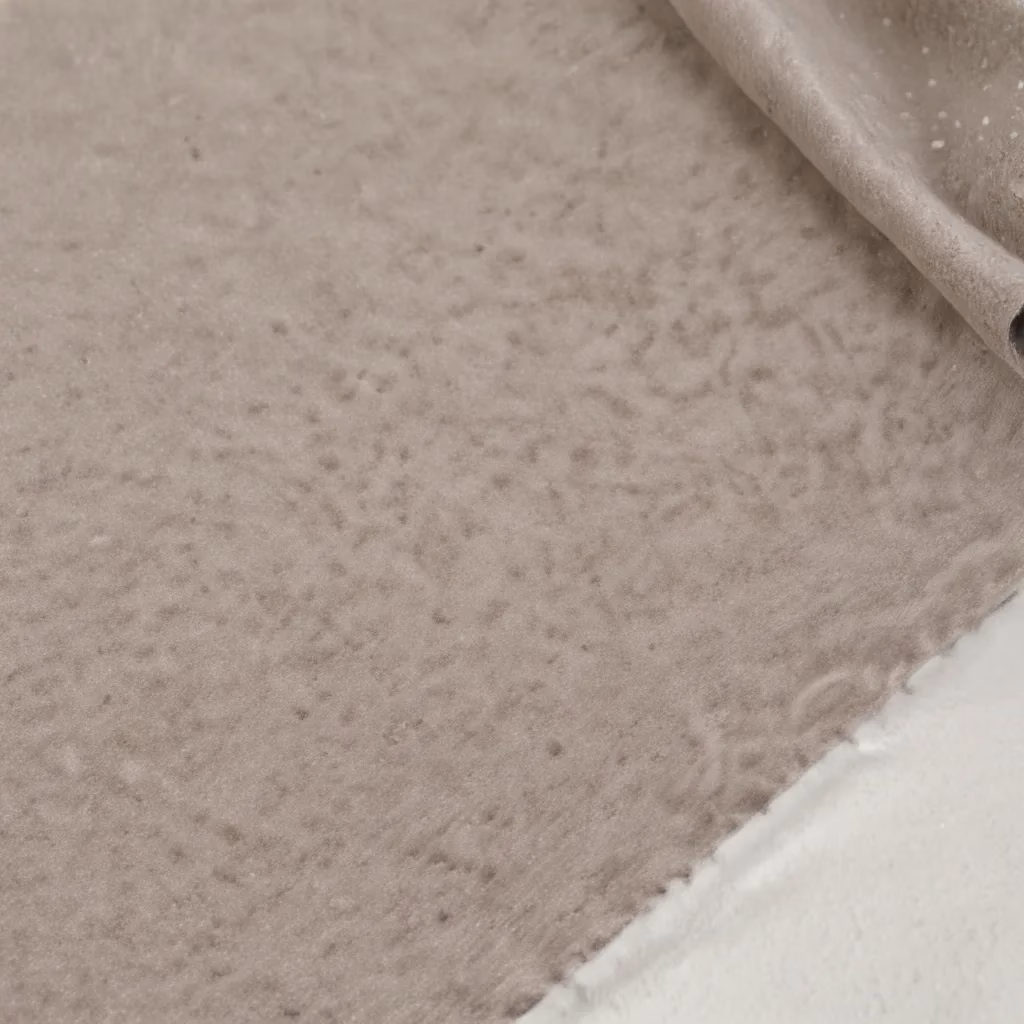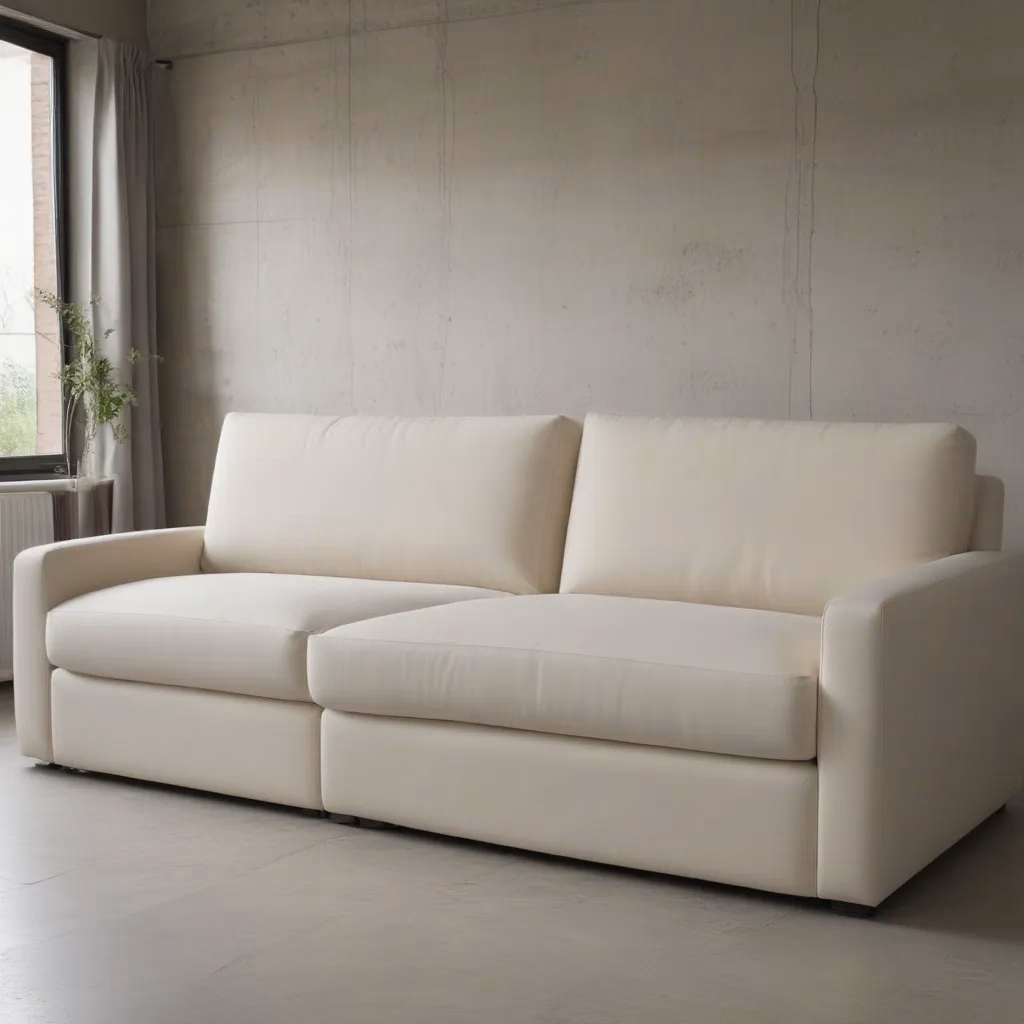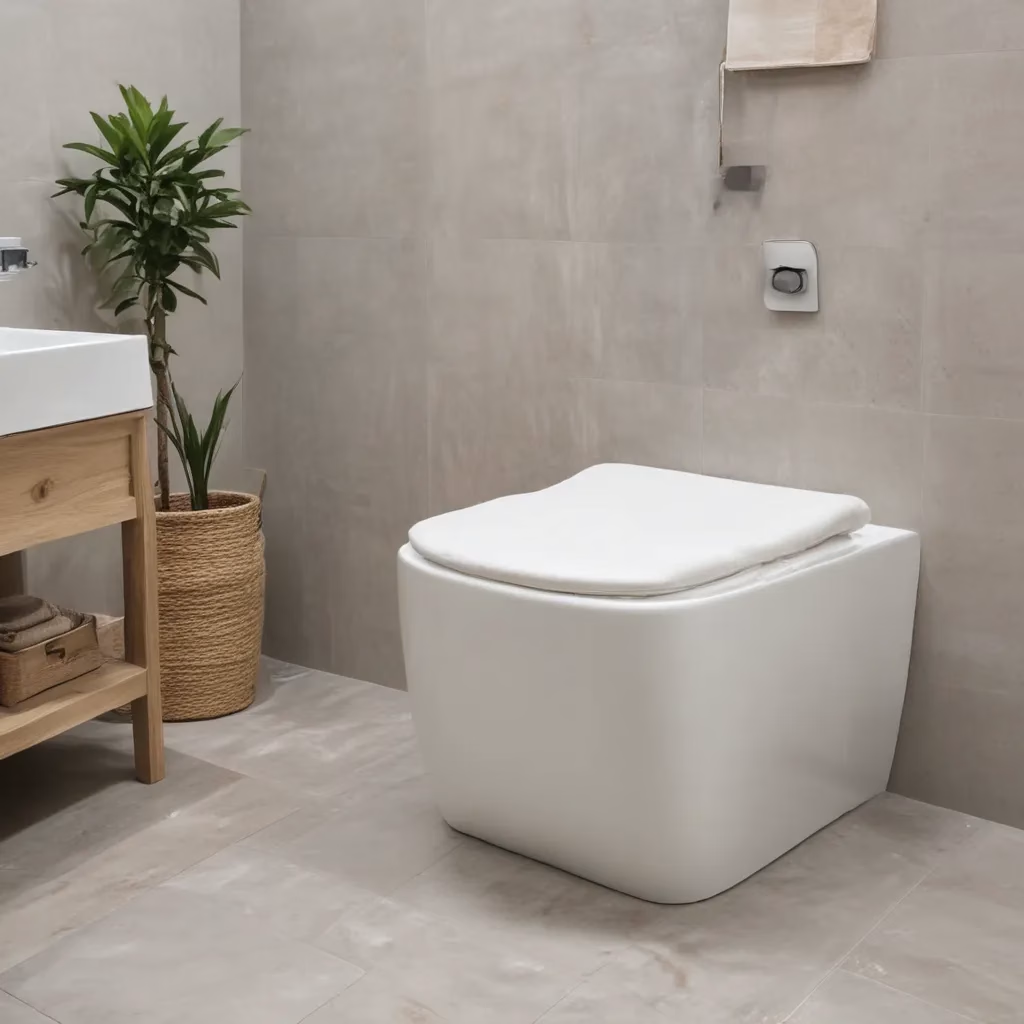
The Resurgence of Handcrafted Furniture in UK Homes
In recent years, the United Kingdom has witnessed a significant shift in furniture preferences, with a growing appreciation for handcrafted pieces that showcase skilled workmanship. This trend reflects a broader movement towards quality, sustainability, and individuality in home decor. Homeowners across the UK are increasingly seeking furniture that not only serves a functional purpose but also tells a story and adds character to their living spaces.
Handcrafted furniture, created by skilled artisans using traditional techniques, offers a unique alternative to mass-produced items. These pieces are often made with meticulous attention to detail, using high-quality materials to ensure durability and longevity. The result is furniture that not only looks beautiful but also stands the test of time, both in terms of style and structure.
The appeal of handcrafted furniture lies in its ability to bring a sense of warmth and authenticity to a home. Each piece carries the mark of its maker, with subtle variations that make it truly one-of-a-kind. This personal touch resonates with many UK consumers who are looking to create spaces that reflect their individual tastes and values.
Understanding the Craft: From Workshop to Living Room
The process of creating handcrafted furniture is a labour of love that involves numerous steps and requires a high level of skill and expertise. Artisans often begin with carefully selected raw materials, choosing woods, fabrics, and other components based on their quality and suitability for the piece being created.
Woodworking is at the heart of many handcrafted furniture pieces. Skilled craftspeople use a combination of traditional and modern tools to shape, join, and finish wood components. This might involve techniques such as dovetail joints for drawers, hand-carved details on table legs, or the careful selection and placement of wood grain patterns to create visually striking surfaces.
Upholstery is another crucial aspect of handcrafted furniture, particularly for sofas and armchairs. Artisans carefully select fabrics and padding materials, considering both aesthetics and comfort. The process of upholstering a piece of furniture requires precision and attention to detail, ensuring that the fabric is taut and smooth, with neat seams and well-positioned patterns.
The finishing touches on handcrafted furniture often involve hand-applied stains, oils, or varnishes that protect the wood while enhancing its natural beauty. Metal components, such as handles or decorative elements, may be hand-forged or carefully selected to complement the overall design of the piece.
The Benefits of Choosing Handcrafted Furniture
Opting for handcrafted furniture offers several advantages for UK homeowners:
-
Quality and Durability: Handcrafted pieces are typically made with superior materials and construction techniques, resulting in furniture that can last for generations.
-
Uniqueness: Each handcrafted item is slightly different, ensuring that your furniture is truly one-of-a-kind.
-
Customisation: Many artisans offer the option to customise pieces to fit specific spaces or preferences, allowing for a perfect match to your home’s decor.
-
Sustainability: Handcrafted furniture often uses responsibly sourced materials and supports local craftsmanship, aligning with eco-conscious values.
-
Investment Value: While initially more expensive, handcrafted furniture can retain its value over time, sometimes even appreciating as it ages.
Spotlight on Handcrafted Sofas
Sofas are often the centrepiece of a living room, and handcrafted options can elevate the entire space. UK consumers are increasingly drawn to sofas that combine comfort with artisanal quality. Here’s a comparison of handcrafted sofas versus mass-produced alternatives:
| Aspect | Handcrafted Sofas | Mass-Produced Sofas |
|---|---|---|
| Quality | High-quality materials, durable construction | Variable quality, often less durable |
| Comfort | Customisable comfort levels, premium materials | Standard comfort options |
| Uniqueness | One-of-a-kind pieces | Identical to many others |
| Customisation | Often available | Limited or not available |
| Price | Higher initial cost | Generally lower cost |
| Longevity | Built to last decades | May need replacement sooner |
| Environmental Impact | Often uses sustainable practices | May have larger carbon footprint |
When selecting a handcrafted sofa, it’s important to consider factors such as the frame construction, upholstery materials, and cushion fill. Oak and beech are popular choices for sofa frames in the UK, known for their strength and durability. For upholstery, natural fabrics like wool, linen, and cotton are favoured for their breathability and tactile qualities.
Incorporating Handcrafted Furniture into UK Home Decor
Integrating handcrafted furniture into your home decor can create a warm, inviting atmosphere that reflects your personal style. Here are some tips for UK homeowners:
-
Mix and Match: Combine handcrafted pieces with modern elements for a balanced, eclectic look.
-
Focus on Key Pieces: Invest in one or two standout handcrafted items, such as a sofa or dining table, to anchor your space.
-
Consider Scale: Ensure that handcrafted furniture fits proportionally within your room to avoid overwhelming the space.
-
Highlight Craftsmanship: Position handcrafted pieces where their details can be appreciated, such as placing a beautifully carved chair near a window.
-
Complement with Textiles: Use handwoven rugs or artisanal cushions to enhance the handcrafted theme throughout your home.
The Future of Handcrafted Furniture in the UK
As we look towards the future, the demand for handcrafted furniture in the UK shows no signs of slowing down. Consumers are increasingly valuing quality over quantity, and there’s a growing recognition of the importance of supporting local artisans and traditional crafts.
Technology is also playing a role in the evolution of handcrafted furniture. While the core techniques remain rooted in tradition, many UK artisans are incorporating modern design tools and precision machinery to enhance their craft. This blend of old and new allows for greater efficiency without compromising on the handcrafted nature of the final product.
Sustainability continues to be a key concern for UK consumers, and handcrafted furniture aligns well with eco-friendly principles. Many artisans are focusing on using locally sourced, renewable materials and implementing sustainable practices in their workshops.
Caring for Your Handcrafted Furniture
To ensure that your handcrafted furniture remains beautiful for years to come, proper care is essential. Here are some tips for maintaining your artisanal pieces:
-
Regular Cleaning: Dust regularly with a soft, dry cloth. For wood surfaces, use a slightly damp cloth and avoid excess moisture.
-
Avoid Direct Sunlight: Position furniture away from direct sunlight to prevent fading and wood warping.
-
Use Coasters and Mats: Protect surfaces from water rings and heat damage by using coasters and mats.
-
Polish Wood Sparingly: Use appropriate wood polish sparingly, following the grain of the wood.
-
Rotate Cushions: For sofas and chairs, rotate cushions regularly to ensure even wear.
-
Address Spills Immediately: Blot spills on upholstery quickly, avoiding rubbing which can spread the stain.
-
Professional Cleaning: Consider professional cleaning for upholstered pieces every 12-18 months.
Making the Right Choice: Selecting Handcrafted Furniture
When shopping for handcrafted furniture in the UK, consider the following factors:
-
Research the Artisan: Look into the background and reputation of the furniture maker.
-
Examine Materials: Ask about the types of wood, fabrics, and other materials used.
-
Check Construction: Look for signs of quality construction, such as dovetail joints in drawers.
-
Consider Functionality: Ensure the piece meets your practical needs as well as aesthetic preferences.
-
Understand the Finish: Learn about the finish used and how to maintain it properly.
-
Ask About Customisation: Inquire about options for customising the piece to your specific requirements.
-
Evaluate the Warranty: Check what kind of warranty or guarantee is offered with the furniture.
The Impact of Handcrafted Furniture on UK Interior Design
The rise of handcrafted furniture has had a significant impact on interior design trends in the UK. Designers are increasingly incorporating artisanal pieces to add character and depth to their projects. This shift has led to a more eclectic approach to interior styling, where the story behind each piece of furniture becomes part of the overall design narrative.
In commercial spaces, such as boutique hotels and upscale restaurants, handcrafted furniture is being used to create unique, memorable environments that stand out in a crowded market. These pieces often become talking points, enhancing the overall experience for patrons.
For homeowners, the inclusion of handcrafted furniture often leads to a more considered approach to decorating. Rather than quickly furnishing a space with mass-produced items, there’s a tendency to curate rooms over time, selecting pieces that have personal meaning and reflect individual style.
The Role of Craftsmanship in Modern UK Homes
In an age of fast furniture and disposable decor, the role of craftsmanship in modern UK homes is becoming increasingly important. Handcrafted furniture serves as a counterpoint to the throwaway culture, encouraging a more thoughtful and sustainable approach to home furnishing.
Many UK homeowners are finding that investing in well-made, handcrafted pieces aligns with their values of quality, sustainability, and supporting local economies. This shift in consumer behaviour is not just about aesthetics; it’s a reflection of a broader desire to create homes that are authentic, personal, and built to last.
Handcrafted Furniture and UK Heritage
The tradition of furniture making has deep roots in UK history, with many regions known for their specific styles and techniques. By choosing handcrafted furniture, UK consumers are not only investing in quality pieces for their homes but also helping to preserve and evolve these traditional crafts.
Many contemporary UK furniture makers are drawing inspiration from historical designs, updating classic styles for modern living. This fusion of heritage and contemporary design is creating furniture that feels both timeless and relevant to today’s lifestyles.
The Economics of Handcrafted Furniture in the UK
While handcrafted furniture often comes with a higher price tag than mass-produced alternatives, it’s important to consider the long-term value. Quality handcrafted pieces can last for generations, potentially saving money over time by reducing the need for frequent replacements.
Additionally, supporting handcrafted furniture contributes to the UK’s artisanal economy, helping to sustain skilled jobs and traditional crafts. This economic impact extends beyond the individual artisan to include suppliers of raw materials and other related industries.
Conclusion: The Enduring Appeal of Handcrafted Furniture
As we’ve explored throughout this article, handcrafted furniture offers a compelling alternative to mass-produced options for UK homeowners. From the quality of materials and construction to the unique character of each piece, artisanal furniture brings a special touch to any home.
While trends in interior design may come and go, the appreciation for skilled craftsmanship and quality materials is enduring. By choosing handcrafted furniture, UK consumers are not just furnishing their homes; they’re investing in pieces that tell a story, support local artisans, and create spaces that are truly personal and meaningful.
As you consider your next furniture purchase, whether it’s a statement sofa or a carefully crafted dining table, remember the value that handcrafted pieces can bring to your home. For those interested in exploring high-quality sofas that combine comfort with craftsmanship, Sofa Spectacular offers a range of options to suit various tastes and interior styles.
Ultimately, the choice to incorporate handcrafted furniture into your home is about more than just aesthetics. It’s a decision to surround yourself with pieces that are made with care, built to last, and reflect the rich tradition of craftsmanship that continues to thrive in the UK today.



